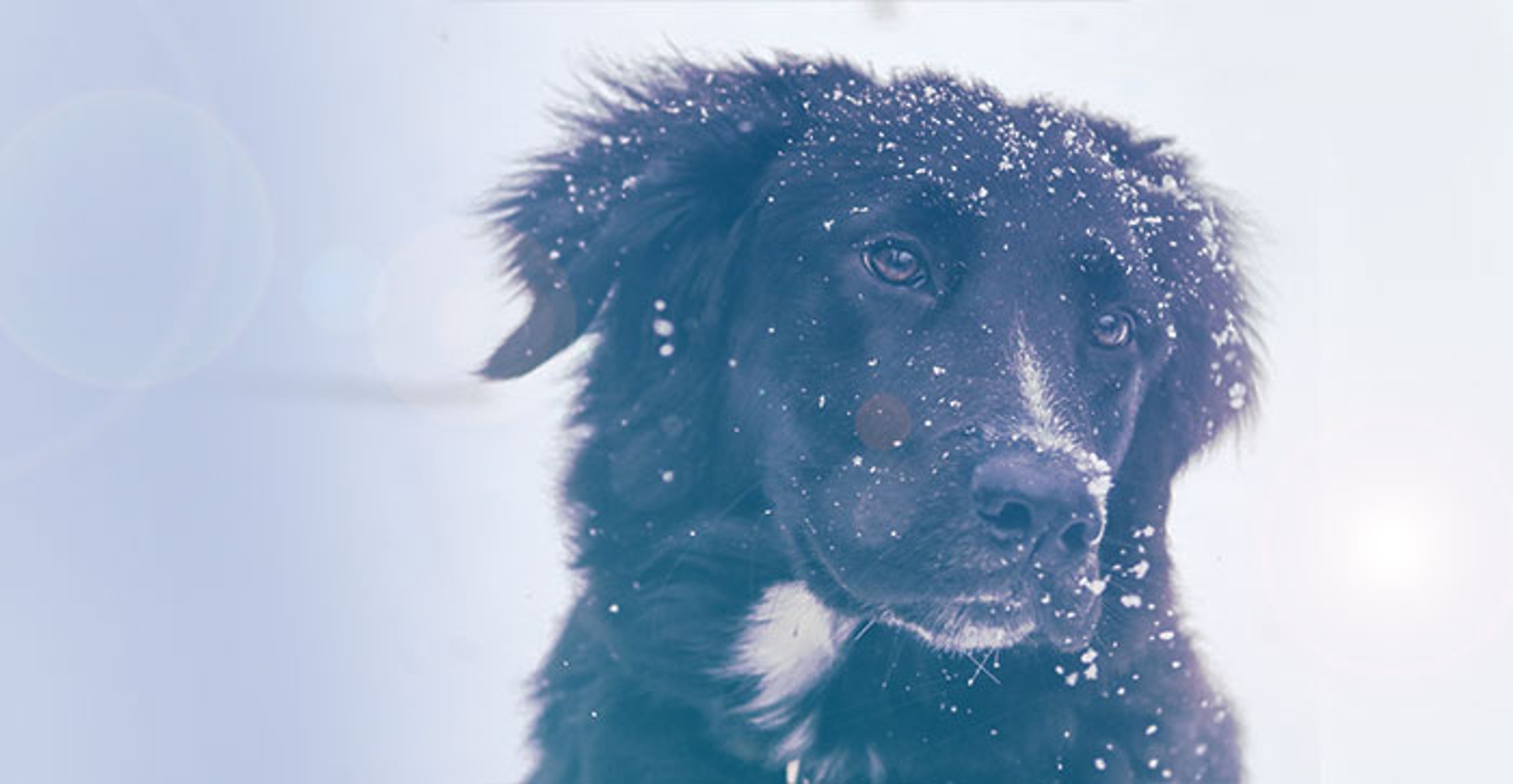The winter months can be a tough time for pets. Less time outdoors can make for a mean case of canine/feline cabin fever. Aside from boredom, there are more serious dangers to consider during the winter months. Check out these tips to ensure that your pet is safe and comfortable this winter.
Warm Walks. Schedule your walks in consideration of inclement weather. Keep an eye on the forecast and avoid walks when the temperatures drop below freezing. Remember, if you’re miserable, your dog probably is too! Keep your dogs hair longer in the wintertime so that they can better retain heat. If you have a short haired dog, a sweater or coat is a great solution to keep them warm both indoors and around the house. Another great wintertime safety accessory for pets are booties. Booties cover the paws to protect them from drying out and can also protect against chemicals such as road salt and antifreeze.
Combat Dry Skin. Dry skin can cause a range of issues from minor irritation to hair loss and infections, so be sure to keep your home humidified during the winter months. After walks on damp days, towel dry your pet and remove all snow/moisture. Give their paws a good wipe down to remove snow and harmful chemical irritants such as road salt.
Potential Chemical Dangers. Antifreeze can be lethal to dogs and cats, so it is better to avoid areas where potential spills might be present (parking lot, garage, etc). If a spill occurs, be sure to clean up thoroughly to keep your pets and others safe.
Healthy Diet. The effort to stay warm in the winter causes pets to burn extra calories. It may be beneficial to feed your dog a little more in the wintertime to ensure that they are getting enough calories. Also ensure that your pet is staying hydrated to combat winter dryness. There may also be supplements your pet could take to combat dry skin. Consult your veterinarian for additional advice on dietary and supplemental needs.
Home is Where the Heat Is. Your pet may love the outdoors in the warmer months, but outdoor exposure in the wintertime should be limited to walks. Under no circumstances should your dog be left outside for an extended period of time or overnight. Temperatures can drop rapidly and become harmful. Keep your indoor/outdoor kitty inside for the duration of the coldest months to keep them safe.
If you have a neighborhood and/or feral cat that cannot be brought inside for the safety of your pets, consider building a cold weather shelter for the cat. Shelters can be made with inexpensive materials in a couple of hours. This small act of kindness could greatly increase a cat’s chances for survival and provide needed shelter and comfort in the coldest months of winter. Check out this handy guide to building a cold weather shelter below.
Shelter Supplies:
• Large plastic storage tub (30 gallons)
• Small plastic storage tub (20 gallons)
• Utility Knife
• Straw for insulation
(Do not use hay. Straw repels moisture better.)
• Thin Styrofoam sheets
Instructions:
Cut a hole large enough for a cat to enter on the front of the larger storage tub. Lay a sheet of the styrofoam on the bottom of the larger storage tub, then place the smaller storage tub on top of the styrofoam. Trace the hole you cut into the larger tub around the smaller tub to create an entrance into the smaller tub. Line the large tub with straw to add a layer of insulation. Fill the smaller tub halfway with straw to create bedding for the cat. Place the lids on the tubs and your shelter is ready to go!
Consult your veterinarian for more tips on how to keep your pets comfortable and safe in the wintertime.






